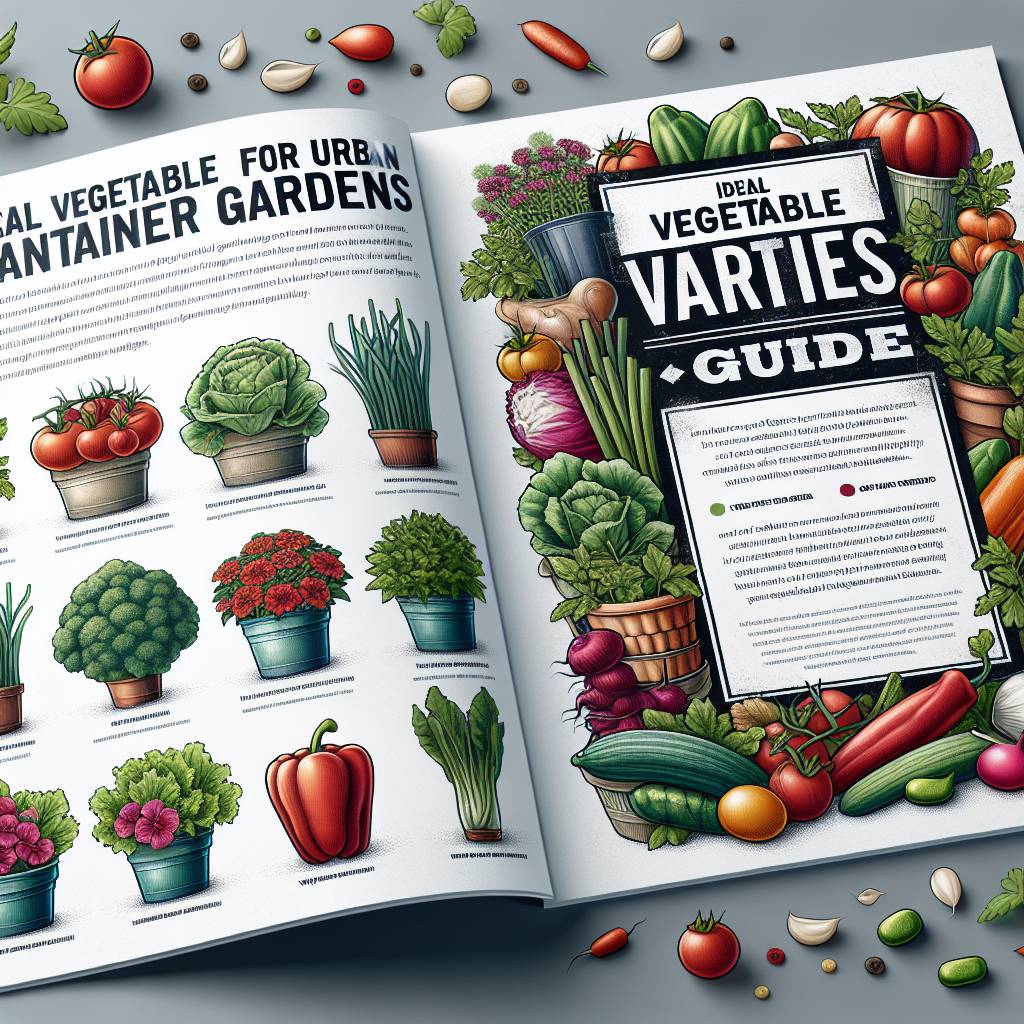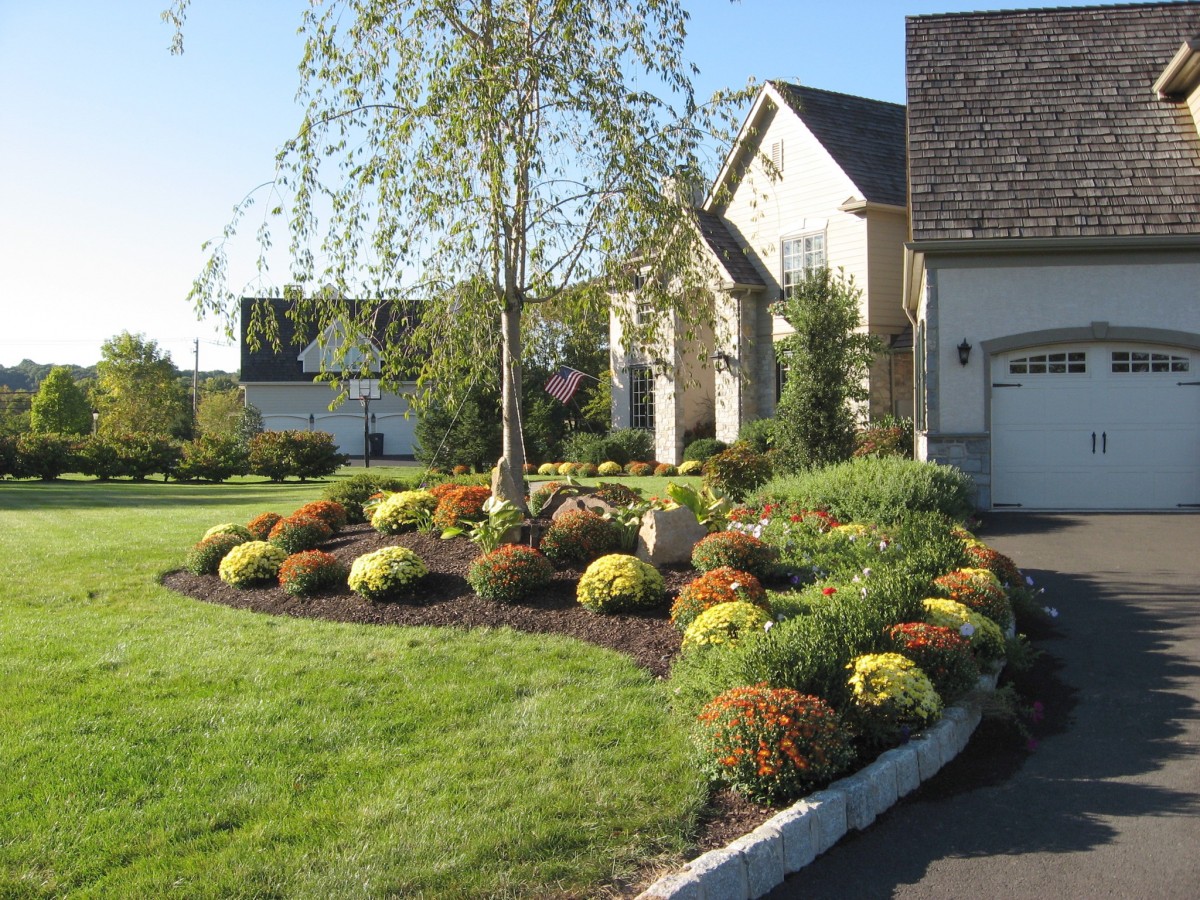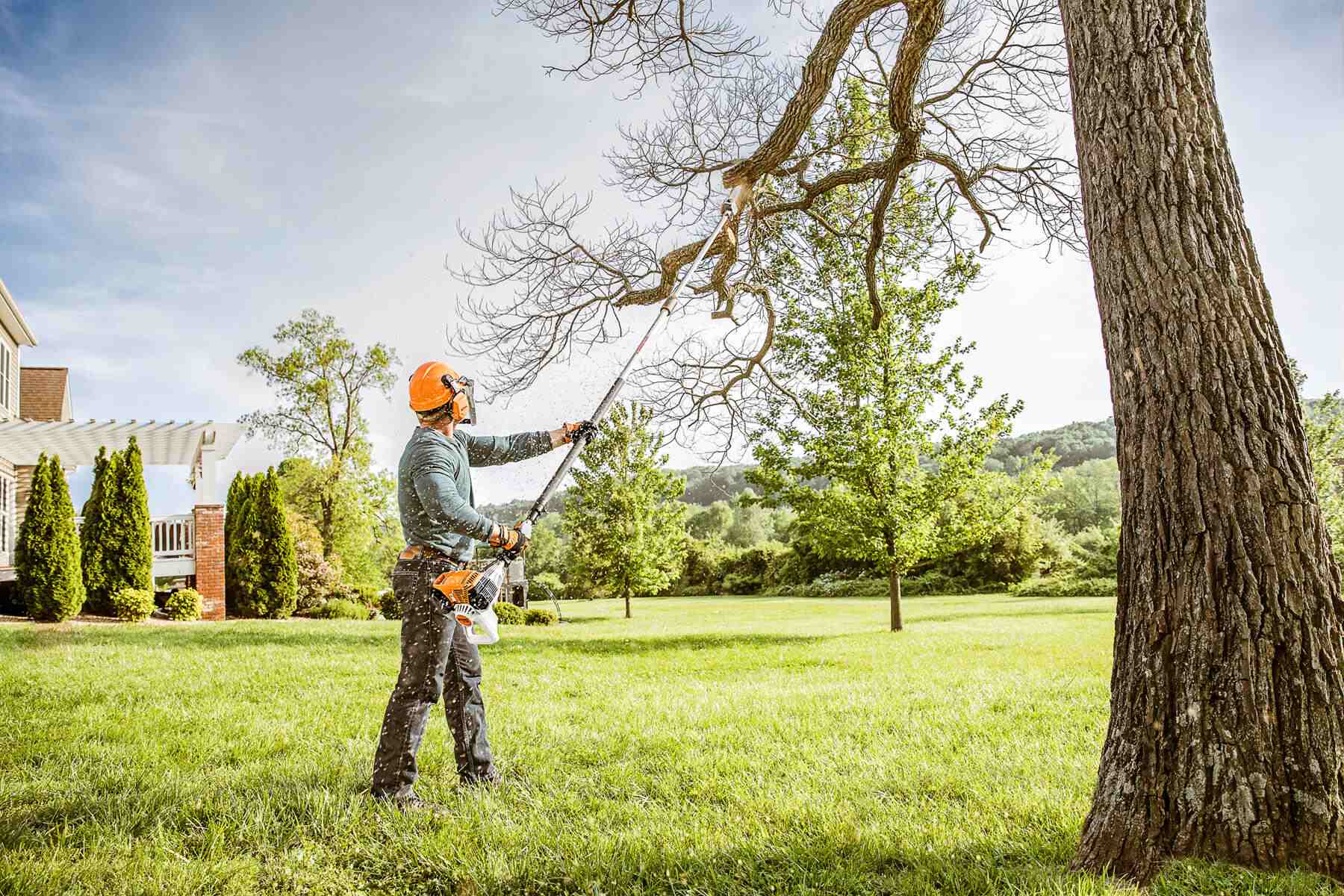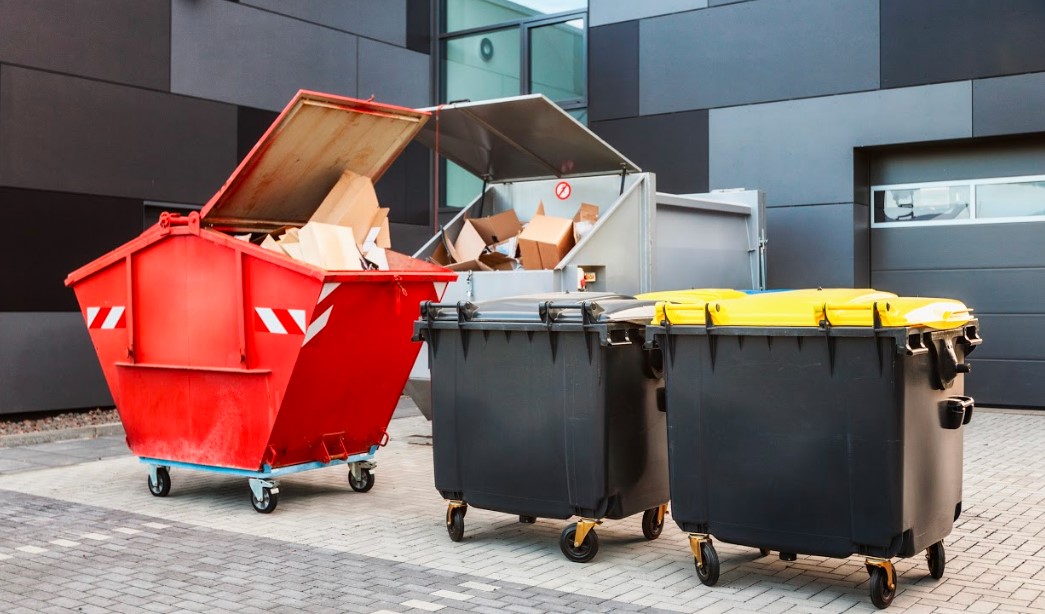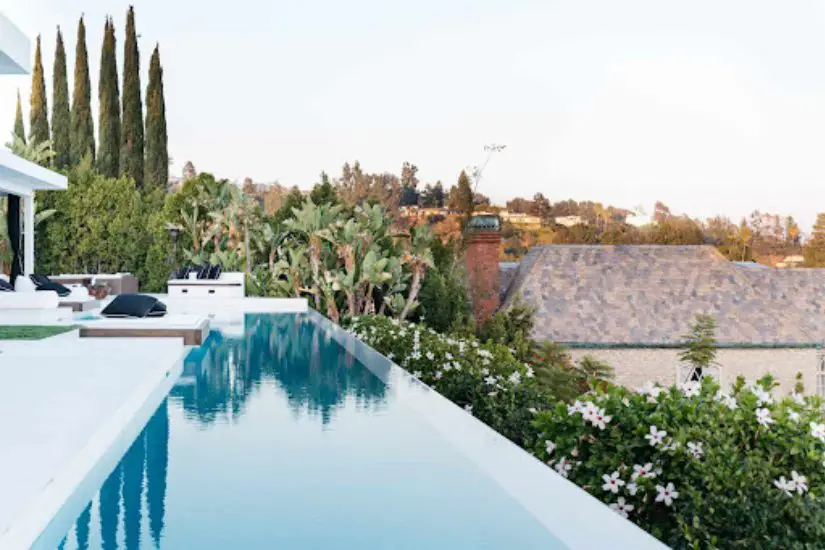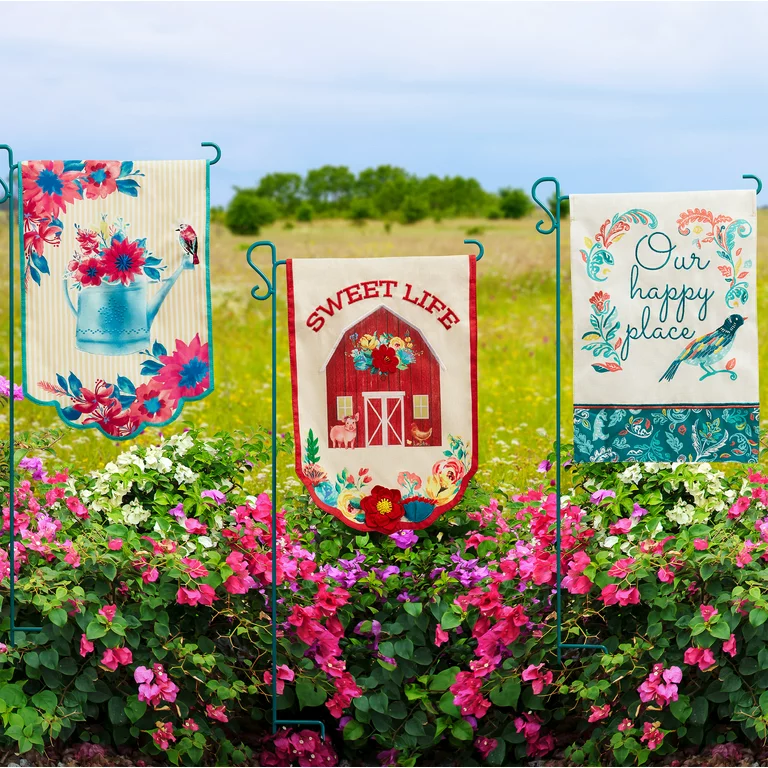Did you know that over 80% of people living in urban areas are interested in growing their own vegetables? With limited space, urban gardeners often turn to container gardening as a practical solution. But what are the ideal vegetable varieties for these compact spaces? In this post, we’ll explore the top vegetable choices that thrive in containers, from vibrant cherry tomatoes and crispy bell peppers to leafy spinach and aromatic herbs. Whether you have a balcony, rooftop, or small patio, these vegetable crops can transform your urban space into a flourishing garden. Get ready to elevate your urban gardening game with these versatile and bountiful plants.
Key Takeaways
- Select compact and productive vegetable varieties suitable for container gardening, such as cherry tomatoes, peppers, and dwarf varieties of beans and cucumbers.
- Opt for containers with proper drainage, adequate depth, and sufficient space for root development to support healthy vegetable growth.
- Create a well-balanced soil mix using components like peat moss, perlite, and compost to provide essential nutrients and good drainage for container vegetables.
- Implement consistent and thorough watering practices, ensuring that the soil is evenly moist but not waterlogged to promote healthy plant growth.
- Use a balanced fertilizer and consider organic options to provide essential nutrients for the vegetables in urban container gardens.
- Embrace the benefits of urban container gardening, including space efficiency, mobility, and the ability to control growing conditions in a limited area.
Selecting Ideal Vegetables for Urban Containers
Compact Varieties
When choosing vegetable plants for your urban container garden, consider compact varieties like cherry tomatoes and bush beans. These smaller plants are perfect for limited spaces and can thrive in containers on balconies or patios. For example, dwarf varieties of summer squash crops, such as zucchini, are ideal for small gardens.
Compact vegetable plants not only save space but also make maintenance easier. They often require less pruning and support compared to their larger counterparts. They can visually appeal and add aesthetic value to your urban space.
Shallow Root Systems
Opt for vegetables that have shallow root systems when planning your container garden. Lettuce and radishes are excellent crops choices because they don’t need deep soil to grow successfully. Their shallow roots allow them to flourish in the confined environment of a container.
Shallow-rooted vegetable plants adapt well to the restricted space provided by containers, making them suitable for urban gardening where ground space is limited. Moreover, these types of vegetables post tend to mature relatively quickly, providing you with a faster harvest compared to some deep-rooted crops.
Partial Shade Tolerance
Consider selecting vegetables that can tolerate partial shade if your urban area doesn’t receive full sun throughout the day. Spinach and kale are examples of leafy greens that thrive in partially shaded conditions while still producing an abundant harvest.
Choosing Suitable Containers for Vegetable Gardening
Good Drainage
It’s crucial to prioritize good drainage. Without proper drainage, the roots of your plants can become waterlogged and suffocate. This can lead to stunted growth or even plant death. Look for containers with drainage holes at the bottom to allow excess water to escape. If you’re repurposing a container that doesn’t have drainage holes, consider drilling some yourself.
For example: A plastic storage tub may seem like a convenient option, but without adequate drainage, it can quickly become a soggy environment for your vegetables.
Lightweight Materials
Selecting containers made of lightweight materials is also essential for urban container gardens. These materials make it easier to move your containers around as needed, especially if you have limited space and need to optimize sunlight exposure or protect your plants from harsh weather conditions.
For example: Opting for lightweight plastic pots instead of heavy ceramic ones allows you to rearrange your garden easily and provide the best growing conditions for each vegetable variety.
Container Size Consideration
Consider the size of the container based on the mature size of the vegetable plant. Larger vegetables such as tomato plants require more room for their roots and ample space above ground for their stems and leaves. For instance, large containers with capacities measured in gallons are suitable choices when cultivating sprawling vegetables like tomatoes.
Crafting the Perfect Soil Mix for Container Vegetables
Well-Draining Potting Mix
Using a well-draining soil mix is crucial. This prevents waterlogged roots, which can lead to root rot and other issues. Look for a high-quality potting mix specifically designed for containers, ensuring that excess water can drain freely from the soil.
It’s essential to choose a planting mix that contains materials like perlite or vermiculite. These additives help improve soil aeration and drainage, creating an environment where plant roots can thrive without being suffocated by compacted soil.
Adding organic matter such as compost or aged manure to the mix is another way to enhance fertility and provide essential nutrients for your vegetables. This promotes healthy growth and robust yields throughout the growing season.
Balancing Soil Fertility
Incorporating organic matter into your soil mixes helps balance its fertility over time, providing a sustainable source of nutrients for your plants without relying solely on chemical fertilizers. By enriching the planting mix with these natural components, you create an environment where vegetables can flourish in their confined urban spaces.
Aim to strike a balance between moisture retention and drainage when crafting your ideal container garden soil mix. While it’s important to avoid waterlogged conditions that could harm plant roots, you also want to ensure that the soil retains enough moisture during hot weather or dry spells.
To achieve this balance, consider adding coconut coir or peat moss to your planting mix as they are excellent at retaining moisture while still allowing excess water to drain away effectively.
Watering Techniques for Urban Vegetable Containers
Consistent Watering
Consistently watering your vegetable containers is crucial to ensure the plants thrive. The soil should be kept evenly moist, but it’s important to avoid overwatering, which can lead to root rot. To check the moisture level, simply stick your finger into the soil up to the first knuckle. If it feels dry at that depth, it’s time to water again.
It’s essential to maintain a regular watering schedule for your urban vegetable containers. This helps prevent underwatering or overwatering and ensures that the plants receive adequate moisture for healthy growth. For busy individuals who may forget to water their plants regularly, self-watering containers or drip irrigation systems can be convenient solutions.
Self-Watering Containers and Drip Irrigation Systems
Self-watering containers are designed with a built-in reservoir that holds excess water, allowing the plant roots to draw in moisture as needed. These containers typically have a separate compartment for water storage beneath the main planting area. They provide a consistent supply of water without requiring frequent manual watering.
On the other hand, drip irrigation systems deliver small amounts of water directly to the base of each plant through tubes or pipes with emitters. This method ensures efficient use of water while minimizing evaporation and runoff. It also promotes healthier root development by delivering water directly where it’s needed most.
When using either self-watering containers or drip irrigation systems, you’ll need to monitor them periodically to ensure they are functioning properly and providing adequate moisture for your vegetable varieties.
Fertilizing Practices for Urban Container Gardens
Balanced Slow-Release Fertilizer
Applying a balanced slow-release fertilizer at planting time is crucial. This type of fertilizer ensures that the plants receive a steady supply of essential nutrients over an extended period. It’s like providing them with a consistent source of nourishment to support their growth.
Using an organic slow-release fertilizer when setting up your urban container garden can provide the necessary nutrients without overwhelming the plants. For instance, you might opt for a 10-10-10 formula, which contains equal parts of nitrogen, phosphorus, and potassium – all vital components for healthy plant development.
Supplementing this initial application with liquid fertilizers during the growing season further enhances the nutrition available to your vegetables. Liquid fertilizers are fast-acting and help ensure that your plants have access to continuous nutrients as they thrive in their limited container environment.
Avoid Over-Fertilization
While it’s important to provide adequate nutrition through fertilization, overdoing it can lead to issues such as nutrient imbalances and plant stress. Just like how too much food can make us feel unwell, excessive fertilization can negatively impact your vegetable varieties’ health.
Over-fertilization may cause rapid vegetative growth but hinder fruit or flower production in certain vegetables. Using synthetic fertilizers excessively could harm beneficial soil organisms and even leach into water sources if not used mindfully.
To avoid these potential problems, always follow package instructions when applying any form of fertilizer and monitor your plants closely for signs of stress or nutrient deficiencies.
Advantages of Container Gardening in Urban Settings
Maximizing Limited Space
Urban container gardens offer the perfect solution for utilizing limited space effectively. By growing vegetables vertically in containers, urban gardeners can make the most of their available area. This method allows them to grow a variety of vegetables without needing a large plot of land. For example, tomatoes, peppers, and cucumbers are ideal for vertical growth in containers. These plants not only thrive in confined spaces but also provide an abundant harvest.
Container gardening is particularly beneficial in cooler climates where traditional outdoor gardening may be challenging due to shorter growing seasons and unpredictable weather conditions. In such regions, container gardens enable individuals to extend their growing season by easily moving the containers indoors or to warmer spots when necessary.
Companion Planting Strategies in Containers
Space Utilization
Selecting ideal vegetable varieties for urban container gardens involves pairing plants with similar growth habits. This strategy enables you to maximize the utilization of limited space on your patios or balconies. For example, you can plant compact crops like lettuce alongside taller vegetables such as tomatoes, effectively using the vertical space.
Pairing herbs like basil and cilantro with your container plants not only adds flavor to your dishes but also helps deter pests naturally. These aromatic herbs act as natural pest repellents, protecting your vegetables from harmful insects without the need for chemical pesticides.
Nutrient Compatibility
When choosing which crops to grow together in a single container garden, it’s crucial to avoid combining plants with competing nutrient requirements. For instance, strawberries have shallow root systems that are sensitive to excessive moisture and nutrients. Therefore, planting them alongside heavy feeders like tomatoes may lead to poor strawberry crop development due to nutrient competition.
Pest Management for Healthy Urban Gardens
Regular Inspection
Inspecting your vegetable varieties regularly is crucial for identifying and addressing pest issues promptly. Look for signs of pests such as chewed leaves, holes, or discolored spots. By catching the problem early, you can prevent it from spreading and causing significant damage to your plants.
Paying close attention to the health of your container garden allows you to take immediate action against any potential threats. For instance, if you notice aphids on your herbs or vegetables, consider using organic pest control methods like neem oil or insecticidal soap.
Encouraging beneficial insects such as ladybugs and lacewings in your urban container garden can also help manage pests naturally. These insects feed on harmful pests like aphids and mites, contributing to a healthier overall ecosystem within your container garden.
Organic Pest Control Methods
When dealing with pests in an urban setting, it’s essential to prioritize natural solutions that are safe for both the environment and human health. Utilizing organic pest control methods not only protects beneficial insects but also ensures that the produce from your container garden remains free from harmful chemical residues.
Neem oil is a popular choice among gardeners due to its effectiveness against a wide range of pests while being environmentally friendly. Similarly, insecticidal soap is another gentle yet powerful option for managing common plant pests without posing risks to nearby wildlife or water sources.
Aesthetics and Functionality in Urban Container Design
Aesthetic Considerations
When selecting vegetable varieties for your urban container garden, it’s crucial to consider the aesthetic appeal of the plants. Opt for colorful and visually appealing vegetables that can enhance the overall look of your space. For instance, you might choose vibrant cherry tomatoes, rainbow chard, or purple basil to add a pop of color to your sunny balcony or deck. These visually striking vegetables not only contribute to the beauty of your urban oasis but also provide a bountiful harvest.
In addition to choosing visually appealing vegetables, consider incorporating edible flowers into your container garden design. Edible flowers such as nasturtiums and pansies are not only beautiful but also serve a dual purpose by adding a decorative touch while being entirely edible. This practical yet aesthetically pleasing choice can elevate the visual appeal of your container garden while providing an additional culinary element.
Functional Aspects
While aesthetics play a vital role in urban container gardening, functionality is equally important when selecting ideal vegetable varieties. To maximize space in small urban settings like apartments or university housing, opt for compact vegetable varieties that won’t overwhelm limited areas. Look for dwarf or bush varieties of popular vegetables like peppers and cucumbers that are specifically bred for confined spaces.
Another functional consideration is vertical growth potential. Integrate trellises or stakes into your container garden design to support vining plants such as peas, beans, or cucumbers. By utilizing vertical space effectively, you can reach new heights with your urban gardening efforts without sacrificing valuable ground space on your sunny balcony or deck.
Closing Thoughts
You’ve now got the lowdown on creating a thriving urban container garden. From picking the right veggies and containers to nailing the soil mix and pest control, you’re all set to kickstart your green haven. So, grab those gardening gloves and get your hands dirty – your urban jungle awaits! Don’t hold back on experimenting with different combinations and techniques. The beauty of gardening lies in the journey, so embrace the process and enjoy watching your mini oasis flourish.
Now, go on and unleash your inner urban gardener! Happy planting!
Frequently Asked Questions
What are the best vegetable varieties for urban container gardens?
When selecting vegetables for urban containers, consider compact and dwarf varieties like cherry tomatoes, bush beans, peppers, lettuce, and herbs. These plants thrive in confined spaces and provide a bountiful harvest.
How do I choose suitable containers for vegetable gardening in urban settings?
Opt for containers with adequate drainage holes to prevent waterlogging. Prioritize lightweight materials such as plastic or resin to facilitate mobility if needed. Ensure that the chosen containers have sufficient depth to accommodate root growth.
What is the perfect soil mix for growing vegetables in containers?
Create a well-draining soil mix by combining equal parts of peat moss or coconut coir, perlite or vermiculite, and quality potting soil. This blend ensures proper aeration and moisture retention essential for healthy root development in container-grown vegetables.
What watering techniques work best for urban vegetable containers?
Employ a consistent watering schedule based on plant needs rather than adhering strictly to a calendar-based approach. Monitor moisture levels by inserting your finger into the soil; water when the top inch feels dry but avoid over-saturating the roots.
How can I effectively manage pests in my urban container garden?
Implement natural pest control methods such as introducing beneficial insects like ladybugs or using neem oil spray to deter common pests without harming beneficial organisms. Regularly inspect plants for signs of infestation and promptly address any issues to maintain garden health.
